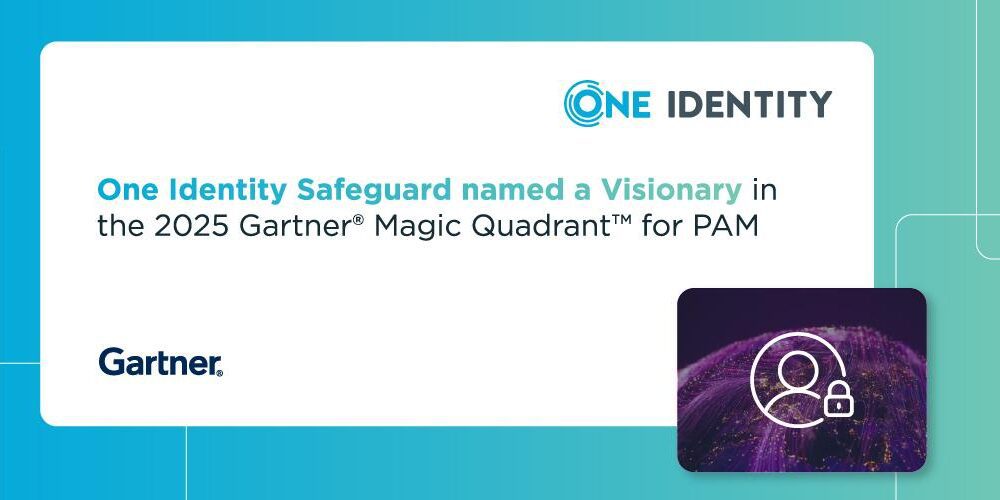Trust is the backbone of any high-value shipment. When the cargo is jewelry, electronics, pharmaceuticals, or confidential documents, clients expect one thing above all else – certainty. They want to know where their shipment is, who’s handling it, and when it will arrive.
That level of visibility used to be a luxury. Today, it’s the standard. In an industry where one misplaced parcel can cost millions, real-time tracking and transparent communication have become the tools that separate reliable shippers from the rest.
The New Definition of Reliability
Not long ago, tracking meant waiting for vague status updates – “In transit” or “Out for delivery.” For high-value clients, that wasn’t enough. Businesses now expect precision: timestamps, route history, and verification at every hand-off point.
Transparency no longer means sharing information only when something goes wrong. It means open, continuous access to shipment data throughout the process. Companies that can provide this – with real-time GPS tracking, automated alerts, and accessible dashboards – quickly earn reputations for reliability.
Customers don’t just want to receive their shipment; they want to witness it moving safely across the map.
How Leading Carriers Set the Standard
High-value shipping requires more than good technology; it demands discipline, training, and secure infrastructure. Companies that excel in this field combine precision with accountability.
For instance, Unival Logistics focuses on time-critical, high-value shipping where transparency is non-negotiable. By integrating live tracking systems, secure packaging, and clear client communication, they set a benchmark for trust in a sector where details matter most.
It’s not about over-promising; it’s about showing proof at every step – and that’s exactly what customers expect today.
Why Transparency Builds Confidence
Every shipment represents a promise – and uncertainty weakens that promise. When customers don’t know where their cargo is, anxiety grows. The moment a shipment goes “dark” between checkpoints, even for a few hours, confidence begins to drop.
Transparency removes that uncertainty. Real-time visibility provides assurance that goods are moving as planned and that someone is accountable at every step. If there’s a delay or route change, clients can see it and understand why, rather than being left in the dark.
This clarity doesn’t just prevent complaints; it transforms the relationship. A transparent logistics provider becomes a trusted partner, not just a vendor.
The Cost of Opaque Logistics
Lack of visibility creates a ripple effect across business operations. Without accurate tracking, companies can’t plan inventory or production schedules effectively. Retailers risk stockouts, manufacturers face idle lines, and insurers hesitate to underwrite shipments without reliable data.
Worse, opaque shipping leads to finger-pointing when something goes wrong. Without clear evidence of where and when damage or loss occurred, disputes drag on for weeks, straining business relationships and delaying reimbursements.
Transparent data – complete with timestamps, location logs, and chain-of-custody details — eliminates that uncertainty. It turns logistics into a record of accountability, not an argument over responsibility.
Real-Time Tracking
Modern tracking systems go far beyond simple scanning. GPS-enabled devices now transmit live location data every few minutes. IoT sensors can monitor temperature, humidity, vibration, and even light exposure – essential for goods like pharmaceuticals or luxury items that must remain sealed and stable.
That constant stream of information builds confidence. Clients can log in, see exactly where their cargo is, and verify that it’s being handled correctly. If a deviation occurs – for example, if a shipment is opened unexpectedly or the temperature spikes – alerts are triggered instantly.
This technology gives logistics teams the ability to react before a problem escalates. It’s proactive, not reactive. And in high-value shipping, that difference defines trust.
Transparency in Communication
Technology alone isn’t enough. Data is valuable only when it’s paired with communication that customers can actually understand and act on.
Too many logistics providers bury clients in technical reports or vague summaries. The best ones translate data into clear updates – short, timely, and honest. If a shipment is delayed, they say why and when it will arrive instead of hiding behind generic phrases.
That kind of transparency makes customers more patient and cooperative. When clients feel informed, they’re far less likely to panic, escalate issues, or assume the worst.
Accountability Throughout the Chain
Transparency also changes internal behavior. When every hand-off is logged and traceable, handling standards improve naturally. Drivers, warehouse teams, and couriers know that each movement is recorded, which encourages diligence and care.
In industries where security matters – precious metals, art, confidential documents – this chain of accountability is critical. It doesn’t just protect goods; it protects reputations. A logistics company that can prove exactly where a shipment was at any moment earns long-term credibility.
Real-World Impact: A More Predictable Supply Chain
Real-time tracking and transparency don’t just improve customer confidence – they make the entire supply chain more predictable.
With accurate location data, businesses can time production runs more efficiently, reduce buffer inventory, and plan staffing around actual delivery times instead of estimates. Insurers and customs brokers also benefit from verified records, reducing claim disputes and clearance delays.
The end result? Fewer surprises, smoother workflows, and a tangible reduction in operational stress.
Implementing Transparency: Where to Start
Businesses that want to improve trust in their logistics process can take practical steps right away:
- Audit visibility gaps. Identify where shipments go “dark” – long transit stretches, third-party hand-offs, or customs checkpoints.
- Invest in live-tracking tools. Even basic GPS tags or IoT sensors make a big difference in accountability.
- Standardize communication. Define who notifies clients when something changes, and how quickly.
- Share data internally. Let operations, sales, and customer service access tracking info in real time to give consistent answers.
- Review incidents publicly. Instead of hiding delays or losses, analyze them with clients. Honest reviews build lasting confidence.
Transparency isn’t just technology – it’s a company culture. It starts with the willingness to let customers see what’s happening behind the scenes.
Final Thoughts
In high-value shipping, visibility is more than convenience – it’s currency. Real-time tracking gives customers proof that their trust is well-placed, and transparency turns that proof into loyalty.
Every update, every accurate timestamp, and every honest explanation reinforces reliability. And in logistics, reliability is reputation.
The companies that understand this aren’t just moving goods – they’re moving confidence, one transparent shipment at a time.





























